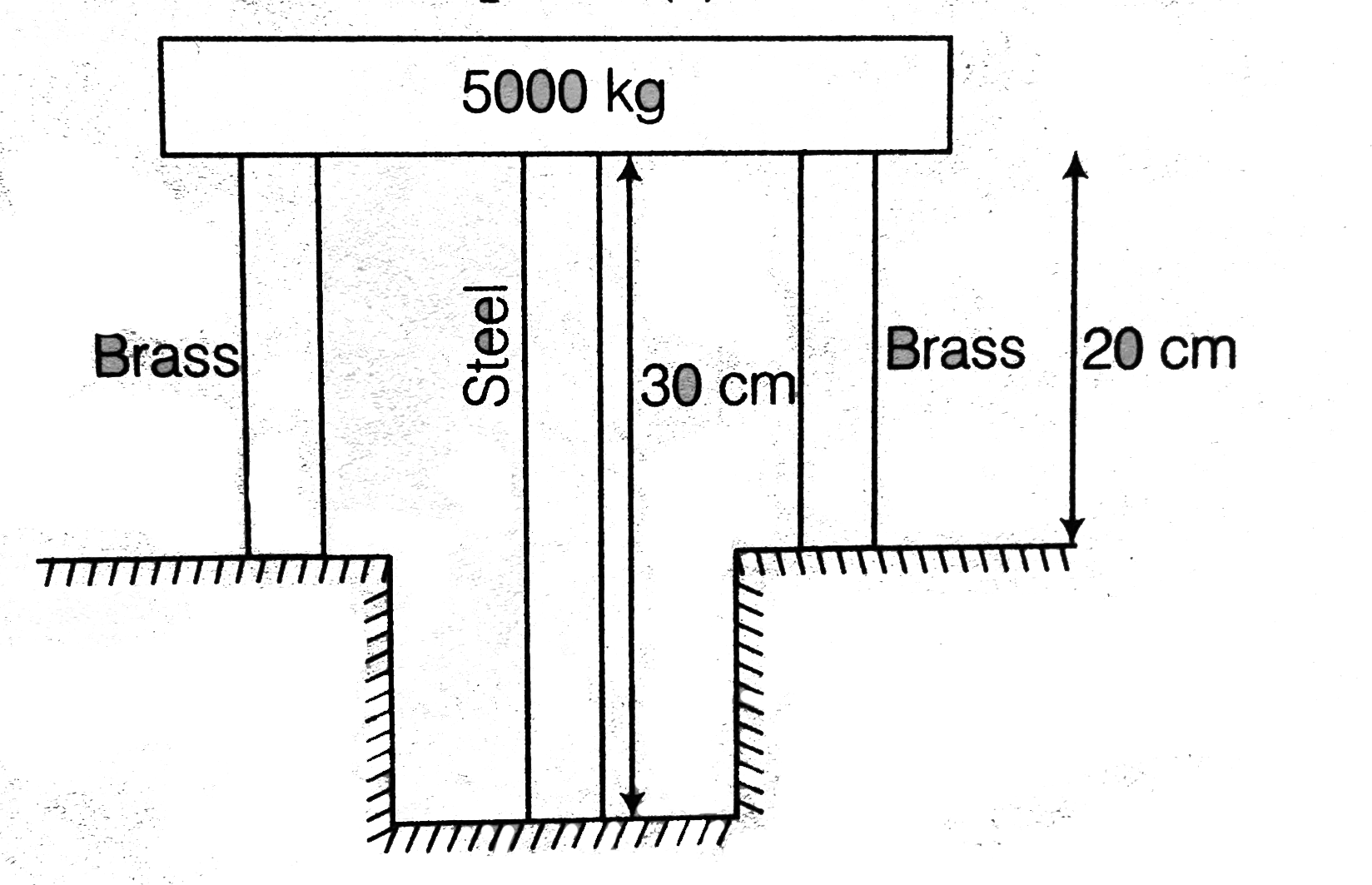The two thigh bones (femurs), each of cross-sectional area 10cm2 support the upper part of a human body of mass 40kg. Estimate the average pressure sustainied by the femurs.
3×105N/m2
2×105N/m2
6×105N/m2
5×105N/m2
Step by step video solution for The two thigh bones (femurs), each of cross-sectional area 10cm^(2) support the upper part of a human body of mass 40kg. Estimate the average pressure sustainied by the femurs. by Physics experts to help you in doubts & scoring excellent marks in Class 11 exams.
Updated on:21/07/2023Similar Questions
The two thigh bones (femur bones) each of cross-sectional area 10cm2 support the upper part of a human body of mass 40 kg . Estimate the average pressure sustained by the femurs. g=10m/s2
View SolutionThe two thigh bones (femur bones) each of cross-sectional area 10cm2 support the upper part of a human body of mass 40 kg . Estimate the average pressure sustained by the femurs. g=10m/s2
View Solution
Knowledge Check
The two femurs each of cross-sectional area 10cm2 support the upper part of a human body of mass 40 kg. the average pressure sustained by the femurs is (take g=10ms−2)
A2×102Nm−2B2×104Nm−2C2×105Nm−2D2×106Nm−2
The two thigh bones each of cross-sectional area 15cm2 support the upper part of a person of mass 70 kg. The pressure sustained by these thigh bones is
View SolutionA force of 25 N acts on a body of area of cross-section 20 cm2. Calculate the pressure exerted by the body in pascals.
View SolutionA steel rod of cross-sectional area 16cm2 and two brass rods each of cross-sectional area 10cm2 together support a load of 5000kg as shown in the figure. ( Given, Ysteel=2×106kgcm−2andYbrass=106kgcm−2). Choose the correct option(s).

View SolutionAn ideal gas is kept in a long cylindrical vessel fitted with a frictionless piston of cross-sectional area 10cm2and weight 1kg. The length of the gas column in the vessel now taken into a spaceship revolving round the earth as satellite. The air pressure in the spaceship is maintained at 100kPa. Find the length of the gas column in the cylinder.
View SolutionIf a compressive force of 3.0×104N is exerted on the end of a 20 cm long bone of cross-sectional area 3.6cm2 (i) will the bone break and (ii) if not by how much length does it shorten? Given compresive strength of bone =7.7×108N/m2 and young's modulus of bone =1.5×1010N/m2
View SolutionA lawn sprinkler has 20 holes, each of cross-sectional area 2.0x10−2cm2, and is connected to a hose pipe of cross sectional area 2.4cm2. If the speed of water in the hose pipe is 1.5ms−1, the speed of water as it emerges from the holes is
View SolutionA catapult consists of two parallel rubber strings each of lengths, 10cm and cross sectional area 10mm2. When stretched by 5cm, it can throw a stone of mass 10gm to a vertical height of 25m. Determine Young's modulus of elasticity of rubber.
View Solution